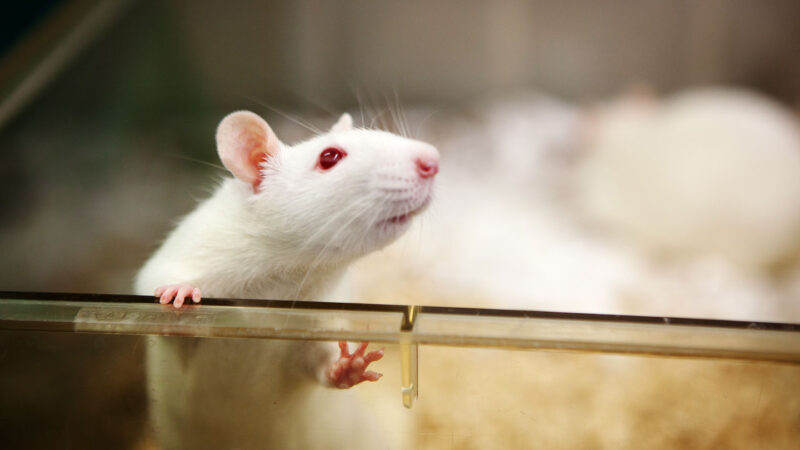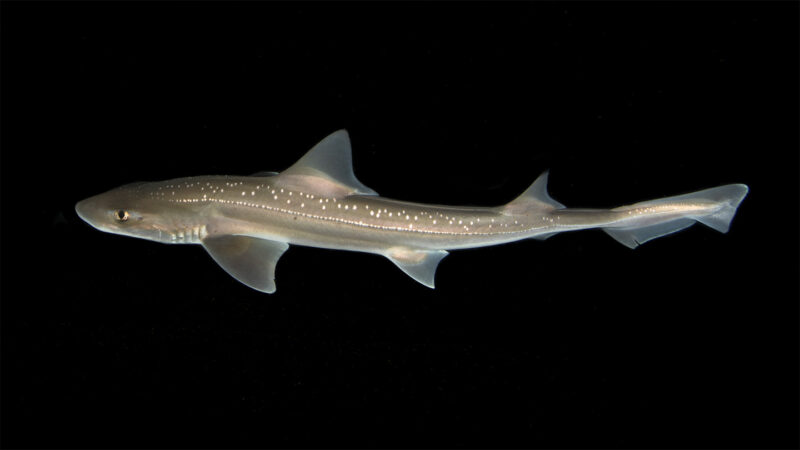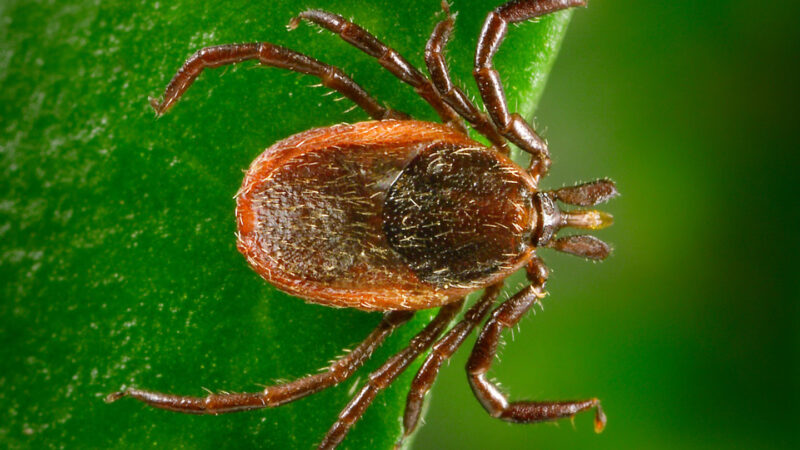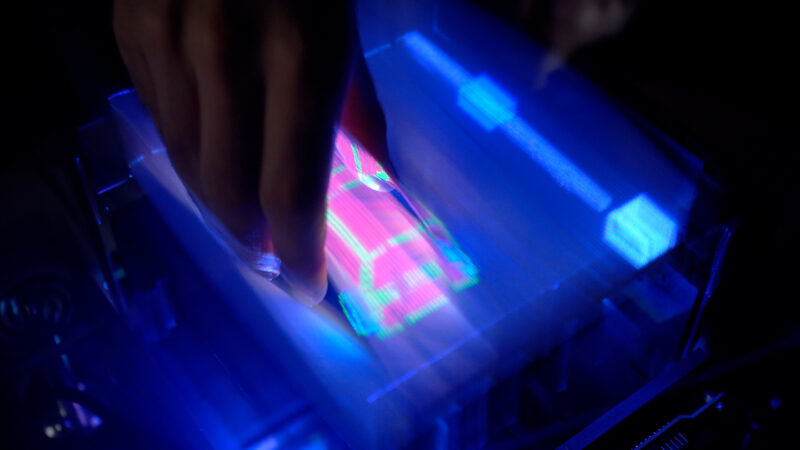Animals have long been a big part of science. Frogs helped researchers discover how cells communicate. Pig studies helped pave the way to the CT scan, a now common diagnostic tool. Cats, frogs and birds were all used to learn how nerve signals travel.
Researchers use millions of animals in the United States alone. Many of these critters are used in what’s called basic science — learning about how life works. Animals also help test the safety of foods and medicine. For instance, scientists test drugs on animals before giving them to people. Animal testing also helps make sure many manufactured products — like shampoo — will be safe.
But animals are not always the best way to study how these will interact with humans. That’s prompting many scientists to investigate alternatives.
Animal welfare is one reason. Plus, research animals are costly, can take a long-time to grow and are lots of work to care for. But there are scientific reasons, too, for scouting alternatives.
Animals are not perfect models for people. Or as Nicole Kleinstreuer puts it, “We’re not 150-pound rats.” Kleinstreuer works for the National Institutes of Health, or NIH. That government agency funds a lot of medical research. She’s in charge of a program to find alternatives to animals for research.
Animals, she notes, often respond quite differently than people do to drugs and other substances. Aspirin, for instance, is safe for most adults. It relieves pain. And in some people it can help prevent heart attacks. But this drug can be toxic to rats. Other drugs are the opposite: They may work safely in lab animals but not in people.
By some estimates, more than nine in every 10 cancer drugs that showed promise in animals did not help humans.
Kleinstreuer’s group is developing new advances based on human biology, not that of other animals. The hope is that this approach might not only lead to better research, but also get it faster and at lower cost.
In 2022, the U.S. Congress passed a law that supports a move away from animals in research. It removed a rule that had said human drugs must first be tested in animals. Today, researchers are being asked to find the best methods out there, which may not involve lab animals.
Just this past April 10, the U.S. Food and Drug Administration announced it would start replacing animal testing for some drugs.
Since 1959, what’s known as the “three Rs” have been the aim for biology studies. William Russell and Rex Burch came up with this goal.
The first, reduction, asks scientists to use as few animals as possible. Refinement directs them to design experiments so that they harm any lab animals as little as possible. Replacement asks that whenever possible, researchers should conduct their studies using things other than animals.
Sixty years ago, it was very hard to put those three Rs into practice. But that’s changing. From mini organs on a chip to artificial intelligence that can mimic rat biology, scientists are developing ways to advance research that moves beyond lab animals.
Putting AI to work
Advances in artificial intelligence, or AI, have been helping reduce a need for animals in some studies. This doesn’t mean AI is doing the science. Instead, scientists can use AI to speed up or replace steps in their work. Kleinstreuer describes it as “augmented AI.”
For instance, researchers might need to scan research papers for details on previous studies. AI models can usually screen large amounts of information more quickly than we can. Or they can search databases of chemicals to learn how these compounds might interact with each other — or with human cells.
Based on such analyses, AI might predict how people would react to a medicine or product. That can eliminate the need to test compounds that are unlikely to be helpful or that might cause problems.
In one study, an AI model screened 190,000 chemicals to assess toxicity. It was 87 percent accurate, the researchers reported. And it performed better than repeated animal testing.
AI can be used in much the same way to create vaccines, says Thomas Hartung. He directs the Center for Alternatives to Animal Testing. That’s at Johns Hopkins University in Baltimore, Md.
Take the COVID-19 vaccine. It normally takes 10 to 15 years to make and test a new vaccine. But with the pandemic raging, researchers didn’t want to wait that long. So researchers turned to AI for help.
For instance, scientists knew that an epitope — a bit of some foreign substance, such as a germ — might help the body recognize the COVID-19 virus. They just didn’t know which epitopes. So researchers asked a machine learning model to comb through several databases. Together, those databases contained hundreds of thousands of epitopes.
This AI evaluated each epitope based on rules set by the researchers. It tossed out any that didn’t meet their criteria. Those rules included such things as whether the compound will trigger an immune response.

The machine-learning program quickly ruled out 19 in every 20 compounds. That dramatically reduced how many would need to be tested in animals, saving a lot of time and money.
Researchers ended up developing two COVID-19 vaccines in less than one year. And getting there, Hartung adds, relied on relatively little animal testing.
AI may even be able to stand in for some lab animals.
In one 2023 study, researchers wanted to predict whether drugs might cause side effects, such as liver damage. They used AI that had been trained on data from past drug studies that had used more than 8,000 rats. They also gave this AI data on the drugs’ chemical structures.
Then the researchers asked the AI to predict how rats would respond to three similar new drugs. AI needed no living organisms, just 100,000 virtual rats. And its predictions almost perfectly matched the responses researchers got in tests with real rats. In the future, AI may be used to predict drug side effects in people or the best dose to use.
Tiny organs
Some tests don’t need to be tested on a whole animal, just one organ or type of tissue. In the past, these tissues might have been cut out of animals. Today, some scientists instead have been creating tiny “organs on a chip.”
They’re a bit like computer chips. But instead of electronics, they contain living tissue. Scientists can 3-D print cells right onto the chip in layers or other patterns. These tiny chips then mimic the responses of organs or other tissues.
They’re among the most exciting advances in this area, says Kleinstreuer. “You can have a liver on a chip, a lung on a chip or even a mini brain,” she says. One big advantage: They can be made with cells from people, not tissues from lab species.

Y. Shrike Zhang makes organs on a chip at Harvard Medical School in Cambridge, Mass. His can combine multiple types of cells. That way they can mimic blood flow or other features affecting tissues in the body. These tiny organs can even mimic movements, he says. Lungs on a chip move in and out. Hearts on a chip will beat. Such chips may only be about the size of a short stack of playing cards.
Scientists are designing these chips to mimic human organs as much as possible, Zhang says. Still, they’re only a model for the real thing. Yet surprisingly, he says, “In many cases, they can actually outperform animal models.”
For instance, they may be better for testing the safety of drugs or products. People may process chemicals differently than a lab animal, he explains. So tests with human tissue, such as organs on a chip, can offer a better gauge of risks to us.
What’s more, animals don’t get some human diseases, such as Alzheimer’s and Parkinson’s disease. That makes these conditions — and any treatments for them — hard to study in animals.
Early in the recent pandemic, a large research team used lung-chip models to search for drugs to fight COVID. The organ chips showed the same results as tests done using hamsters. This suggests that such chips could be useful in finding treatments quickly during future pandemics — and without using animals.
Scientists are now working out ways to string these mini organs together. That could help them study how changes to one organ may affect another, much like in the body. “We’re seeing very rapid progress in this,” says Kleinstreuer.
One way to connect these organ mimics is by putting them all on one chip. “You can carve out chambers — little spaces where the organs can fit into a single chip — with connections between the spaces,” Zhang explains. Or, he says, you can have each organ on its own chip with tubes linking them.

Someday, Kleinstreuer predicts, we’ll have a “body on a chip.” And that body might even be a replica of yours. “Just like a rat isn’t a perfect model for a human, one human isn’t always a perfect model for another human,” she says. That’s why scientists are working to personalize these chips.
To do this, technology must take cells backward through their development. Such “reprogramming” can make stem cells — cells that can grow into any type of tissue.
Such reprogrammed cells would still have your unique genes. These stem cells could then be used to build a complex 3-D model of a selected tissue. It would allow scientists to see how a particular medicine or other therapy might work on a specific individual: you.
Skin and bones
Liam Grover has always had trouble doing research on animals. Grover studies skin. Only one animal has skin close to ours. “That’s a pig,” notes this healthcare technology researcher at the University of Birmingham, in England.
Still, even pigs aren’t great models for a disease he’s studying. It’s called EB, short for epidermolysis bullosa (Ep-ee-der-moh-LY-sis Buh-LOW-suh). People with EB lack the molecule that makes layers of their skin stick together. So they get extremely painful blisters and scarring from even mild skin injuries.
People with severe EB can also die by their twenties, Grover says.
Pig skin has a slightly different structure than ours. So Grover and his team set out to create a better model for his research.
It’s like skin on a chip, though much bigger. Not only does it avoid using pigs, but it also more closely mimics a piece of our skin. “We originally made it as a skin replacement,” he says. “Other people are now using it to study chronic skin wounds, like ulcers.”

Grover has created a miniature model of bone, too. It better mimics real bones than previous lab models. He can use it to screen for drugs that might harm bones. He’s also using it to investigate how zero gravity — like being in space — affects bone.
In the past, that work was done using animals, such as monkeys and rodents. But when he put his model in a NASA zero-gravity reactor, it showed the same type of bone loss scientists had seen in past animal studies. That suggests this new model could take the place of animals in future experiments.
Grover sees other potential uses for it, too — such as studying how the body repairs broken bones.
Do you have a science question? We can help!
Submit your question here, and we might answer it an upcoming issue of Science News Explores
Just like other organs on a chip, his models aren’t a perfect mimic for the real thing. For one, they still need to be linked with other organs. The kidneys, for example, have a huge effect on bone, Grover points out. “Until we can culture a kidney in line with the bone model,” he says, “we won’t be able to fully understand that connection.”
Will we ever completely eliminate animal research? Not in the short term, Kleinstreuer thinks. Still, she says, we’re working toward a future where we can drastically cut the number of them needed.
NIH, where she works, is making this a priority. Kleinstreuer helped plan a program that will spend several million dollars over the next five to 10 years to fund more research on alternatives to lab animals.
These changes will make better systems based on the biology of humans, she says. And that, she adds, “is just better science.”



















